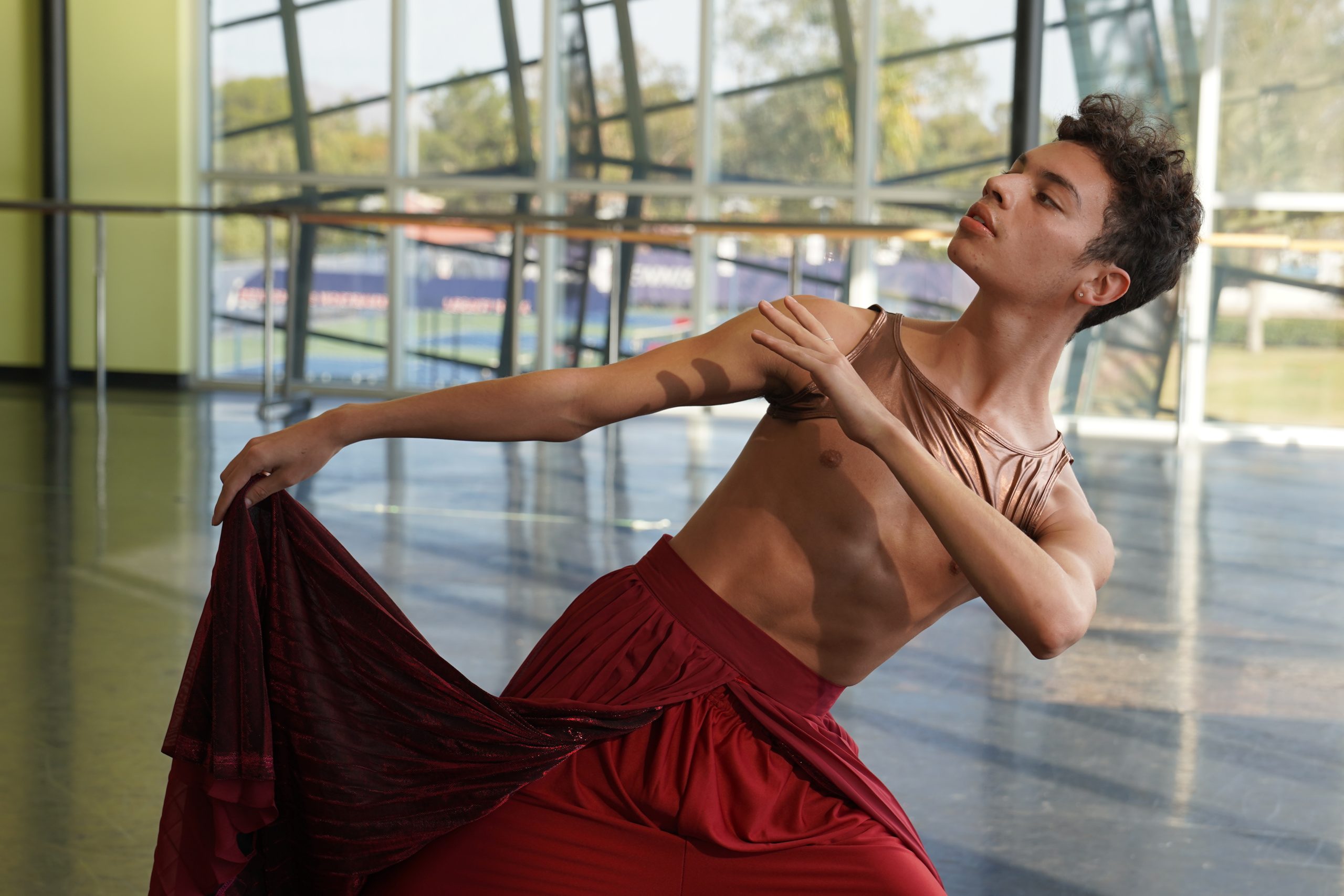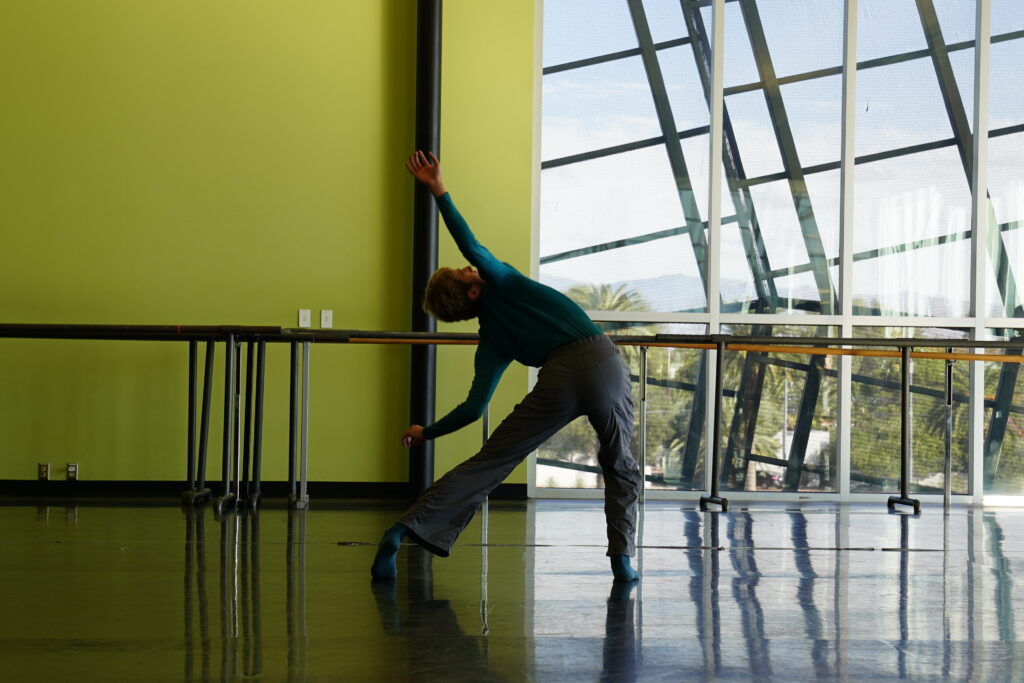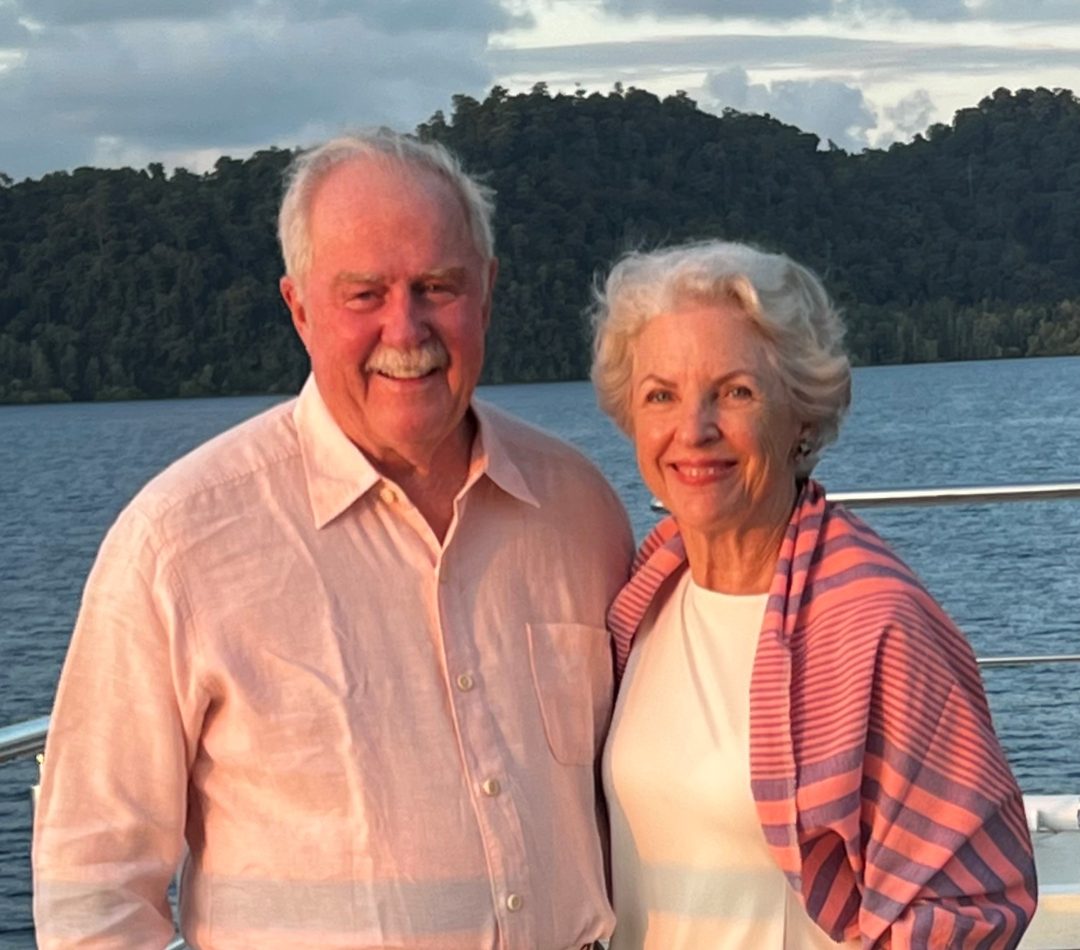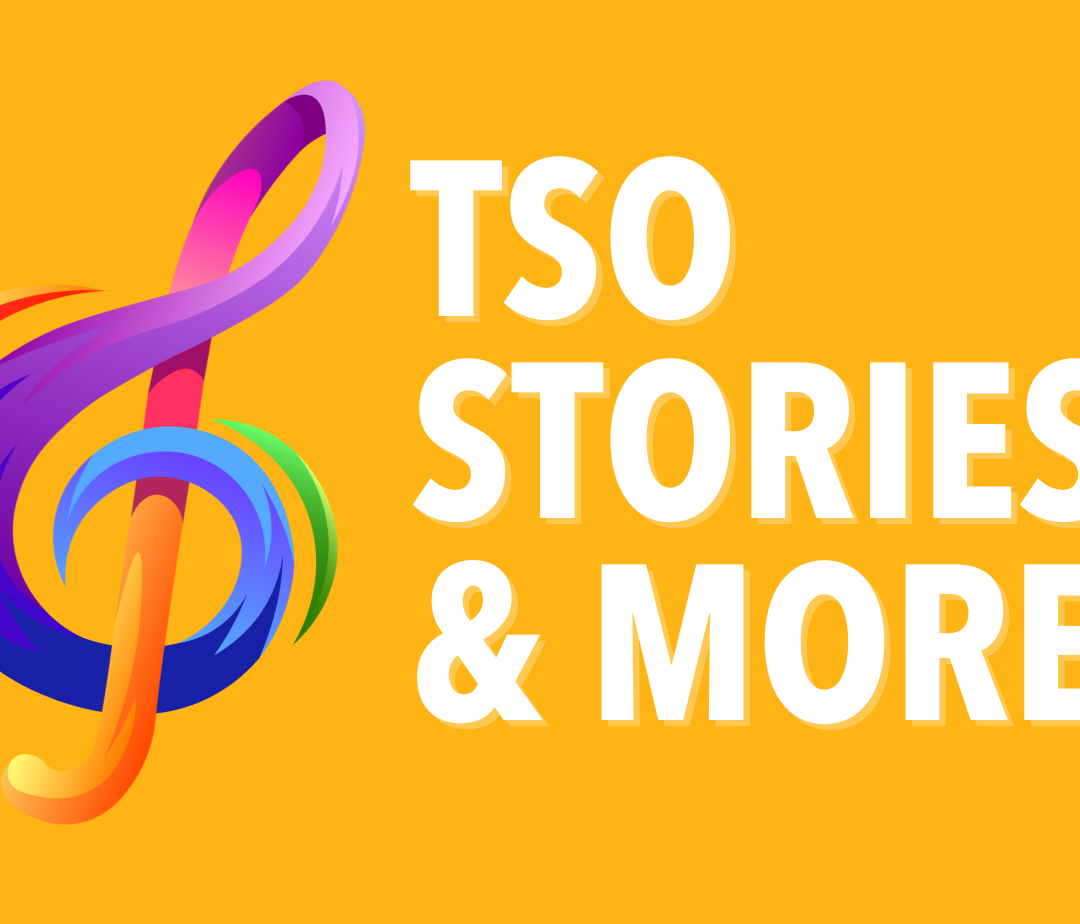Boléro is one of Ravel’s most beloved and recognizable pieces. When the TSO performs it later this month, it will be given new life thanks to a collaboration with the University of Arizona School of Dance, which will debut a new work with specially commissioned costumes. Director of the School of Dance, Duane Cyrus, shared more about the process, inspiration, and collaboration that will bring this work to life.
The piece was co-choreographed by Cyrus and Tamara Dyke-Compton, Associate Director of the School of Dance. After working on initial material and auditioning dancers, the process became even more collaborative. “The process for generating choreographic material included hours of rehearsal where we explored ideas, improvised, and learned set phrases,” said Cyrus. “I generate material using a method I call Theatre of Movement. In it, I strongly advocate that dancers are a highly influential part of the creative process. I offer various movement challenges and questions around time and space. It is their moving and intelligent bodies/minds that carve out the answers and will be interpreting the work—so, their understanding and participation in the generation of material are crucial.”
Maestro Gomez was also a part of the creative process, providing details about the work that helped to drive the choreography. “He has shared wonderful insight about the layers of Ravel’s composition—the consistent pulse and drive of the music and the final disruption that turns the theme around on itself,” shared Cyrus. “We discussed tempo and have agreed on a particular pace that will help the dancers with being dynamic and fluid in their movements.”
The resulting work is an amalgamation of styles and forms that come together seamlessly to produce something completely new. “What has worked for us as collaborators is an ability to see potential in unexpected ways—beyond stylistic limitations,” said Cyrus. “I don’t always think of dance in categories of style. For me the dance stage is a theatre for movement—and the rehearsal room is a laboratory—where I use myriad forms to mix together and perhaps emerge with new languages for the stage. I don’t believe Tammy or many of the dancers think categorically either—they all have so much information in their bodies that it feels unfair to limit them to one style. The rhythmic approach is syncopated at times like Jazz—I am a child of New York City – and the convergence of styles is evidenced in the movements.”
Community is also a driving force in the piece. The coming together of individuals to form the fabric of a community was very much on the minds of the choreographers as they worked. “I envisioned a processional or a river of humanity from which would emerge individuals and stories that were abstractly unique,” said Cyrus. “In the same way that Ravel’s composition pulls us along with an incessant theme that is varied by instrument and increasing intensity, the dance is constructed to evoke a progression while dropping into different tableaus that flow back into the unified drive onward.
The creation of Boléro has been not only a creative process, but also one that provides professional learning experiences for the students involved. The School of Dance has a vision to help students learn what it’s like to be a professional performing artist and gain career skills. To that end, they learned about dance industries, digital branding, and choreographic methods as part of the project.
Boléro debuts on Ravel’s Boléro, part of ¡Celebracion Latina!, January 19 and 21 at the Linda Ronstadt Music Hall.

















